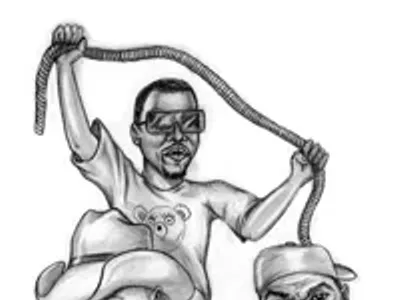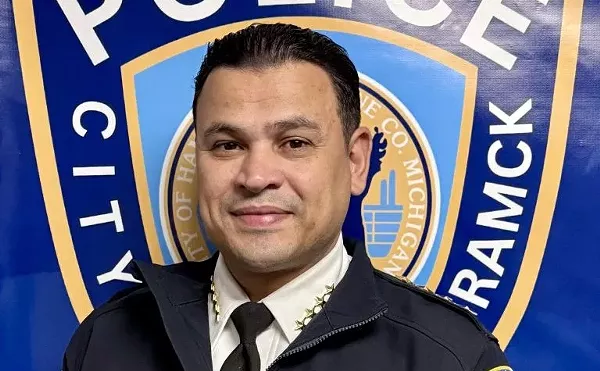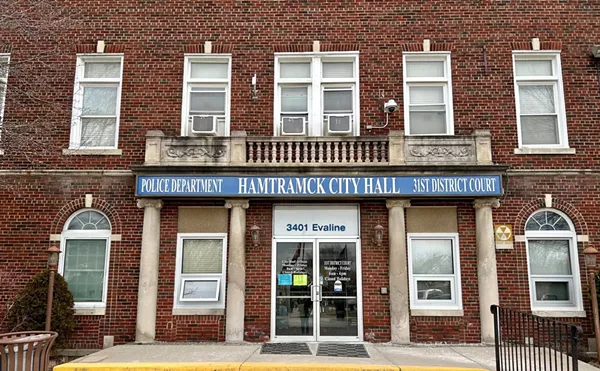
Audio By Carbonatix
[
{
"name": "GPT - Leaderboard - Inline - Content",
"component": "35519556",
"insertPoint": "5th",
"startingPoint": "3",
"requiredCountToDisplay": "3",
"maxInsertions": 100,
"adList": [
{
"adPreset": "LeaderboardInline"
}
]
}
]
The Graduate 40th anniversary collection
MGM
The Graduate was utterly of its time in 1967, but it was especially ahead of it in terms of its modernism. The underrated Mike Nichols brought visionary style to the movie, taking chances most directors wouldn't today. Take that poetic associative montage after Dustin Hoffman's Benjamin and Anne Bancroft's Mrs. Robinson make love for the first time. Or the humiliating sequence at the family pool, shot from the point of view of Benjamin in full, claustrophobic deep-sea diving apparel. With the movie's iconic key scenes firmly lodged in the subconscious — "Mrs. Robinson, you're trying to seduce me," "Plastics," etc. — it's these smaller moments, the fascinating ways Nichols stages, edits and photographs scenes, that keep many viewers coming back to this vital work. The special features for this 40th-anniversary expanded edition could have been better, though. A featurette called Students of the Graduate offers insight from Henry Rollins, directors David O. Russell and Harold Ramis and others, but the Graduate at 25 featurette just says more of the same. —John Thomason
Pulp Fiction Art: Cheap Thrills & Painted Nightmares
Kulter Films
As far as flashy titles go, Pulp Fiction Art: Cheap Thrills & Painted Nightmares is telling as all hell. And it should be, considering that this doc examines the seductively lurid art that graced pulp novel covers from the 1930s until the 1960s. Granted, that's a blip in time, but these artists had, and will have, lasting effects on American art, illustration and pop culture.
These vivid covers were original paintings created by artists who worked for the publishing house. Artists were paid roughly $60 a pop and, in some cases, cranked out an entire painting in less than a week. A daunting task considering that pulp fiction subjects ran the gamut, from creep to crime to sci-fi to sex to adventure. Director Jamie McDonald gets exclusive access to the world's largest collection, owned by pulp art historian Robert Lesser. McDonald shows in great detail much of the art that's been forgotten or junk-piled by the publishers and, in some cases, dismissed by the artists themselves. Equally impressive is the archival footage and interviews with the artists — some of whom are still working. They may not have gotten their due in the day, but original pulp art now fetches big bucks at auctions.
At a breezy 57 minutes, this doc isn't too analytical, covering nearly everything you need to know about an art form that continues to influence (and define) comics, movie posters and Web sites today, often ad nauseam. — Paul Knoll
The Odd Couple: The Complete Second Season
Sony/Paramount
Unlike the DVD of the show's first season, in The Odd Couple Second Season, you won't find any audio commentaries, gag reels, promos or behind-the-scenes extras. All you get are the shows, beautifully restored, each pixel scrubbed clean so you can gawk at Felix Unger and Oscar Madison's future thrift shop furnishing and wardrobe as if through freshly squeegeed eyes. Just dare yourself not to covet Felix's moss-green fondue set, proudly displayed in episode 30, "Murray the Fink."
Season Two is when The Odd Couple became a classic sitcom, began taping in front of a live audience and veered away from Neil Simon's blueprint — gone are the Pigeon Sisters, replaced by Oscar's inexplicably steady girlfriend Dr. Nancy Cunningham, who often served as the voice of reason mediating Felix and Oscar's disputes. (She must've had some deep character flaw if she ever spent the night in Oscar's room.) And the irascible roommates now reflect Randall and Klugman's real-life pursuits — Felix becomes an opera buff and Oscar's ex-wife Blanche is Klugman's real-life soon-to-be ex-wife Brett Somers (who sadly just died Sept. 15). She guests on two episodes here, including the classic "A Night to Dismember" in which Oscar, Felix and Blanche all tell their wildly diverging versions of the night the Madisons split up. Oddly, none of them jibe with the show's standard opener that says "Madison's wife had thrown him out, requesting he never return." He even got to keep the apartment!
Klugman called Tony Randall the best friend he ever had. And, on screen, you feel that love, which Felix — the emancipated man who isn't afraid to cry or "honk" — is free to display but Oscar isn't and never will. As Felix explains, "Love is that intense, vital, passionate feeling one person has for another." And Oscar shoots back, "I have those feelings for you but I'm pretty sure it's hate!" —Serene Dominic
Send comments to letters@metrotimes.com




